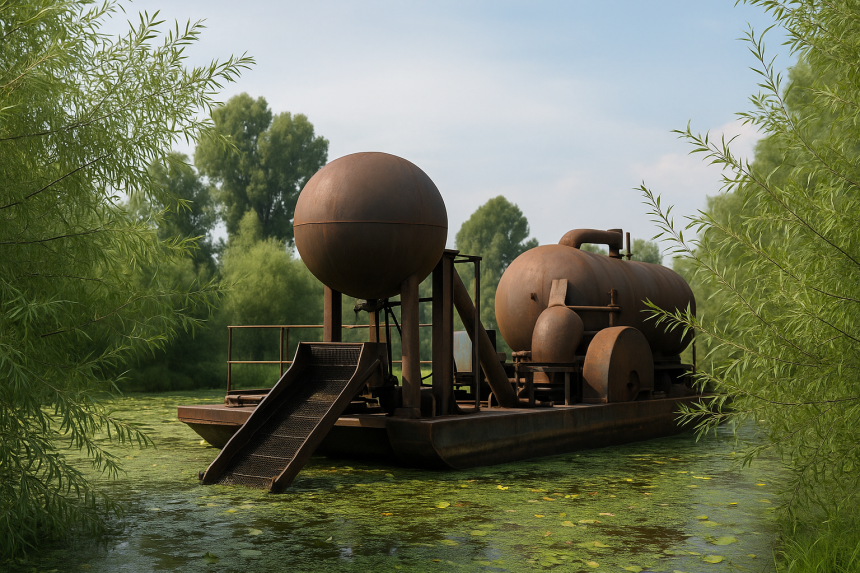Srinagar, July 5: In a much-needed move, the Lakes Conservation and Management Authority (LCMA) has launched a major clean-up of the historic Khushalsar and Gilsar lakes—two of Srinagar’s oldest and most ecologically vital water bodies, which have suffered decades of degradation due to pollution and illegal encroachments.The LCMA formally took charge of the lakes’ restoration following sustained advocacy by the Nigeen Lake Conservation Organisation (NLCO), a grassroots group led by local environmentalist Manzoor Wangnoo. “When the lakes were officially handed over to LCMA, it felt like a dream come true,” said Wangnoo, who has been spearheading restoration work for the past four years. “Our team personally cleared over 5,000 truckloads of weeds and solid waste. But the hardest part wasn’t the labour—it was the resistance and the threats.”Wangnoo, who has faced intimidation from land grabbers and vested interests, said the fight for these lakes has come at a personal cost. “I have received threats from the land mafia who have encroached upon these water bodies. But I didn’t back down—these lakes belong to the people of Srinagar, not to profiteers,” he said.Historically linked to the Anchar Lake system, Khushalsar and Gilsar were once renowned for their pristine waters, rich fish stocks, and flourishing nadru (lotus stem) farming. Older residents fondly remember them as places of calm, used for irrigation, fishing and even drinking water.“Khushalsar used to be so clean, you could see the bottom,” recalled Ali Mohammad Bhat from Rainawari. “Children would swim in it. Now, it’s so polluted, the smell alone keeps people away.”Despite widespread concern among locals, meaningful action had long been absent—until the NLCO began a grassroots revival campaign. The turning point came when then Divisional Commissioner P K Pole visited the site and lent official support. “Pole stood by us when others ignored our appeals,” said Wangnoo. “His backing gave legitimacy to our efforts and nudged the administration into action.” Illegal structures, unregulated sewage dumping, and solid waste accumulation are widely seen as the chief culprits behind the lakes’ decay. Over the years, unplanned construction near the banks has severely restricted the lakes’ natural water flow.Now, under LCMA supervision, a weed-removal machine has been deployed to speed up de-weeding and desilting efforts. An LCMA official told Rising Kashmir that the broader restoration plan also includes reconnecting water flow, removing invasive growth and preventing future encroachments.“The goal isn’t just to clean the lakes—it’s to bring them back to life,” the official said. “We are looking at fencing, sewage diversion and public awareness campaigns as part of a long-term conservation strategy.” Some residents remain sceptical but cautiously hopeful. “We have seen many flashy announcements and half-hearted clean-up drives over the years,” said Fayaz Ahmad Dar, a schoolteacher from the Gilsar area. “But this time feels different—mainly because people like Wangnoo have already proven change is possible.” However, Wangnoo remains determined. “We have managed to revive about 25 percent of these lakes. If the government continues to back us, I believe Khushalsar and Gilsar can once again be symbols of pride for the people of Srinagar.”
Khushalsar, Gilsar lakes begin to breathe again under new cleanup drive
Once choked by encroachments, historic water bodies see a glimmer of restoration

Aatif Qayoom is a Senior Correspondent at Rising Kashmir, covering crime, tourism, sports, and various social issues across Jammu and Kashmir. Known for his accurate and ground-based reporting, he highlights stories that matter to people.
Leave a Comment Leave a Comment







